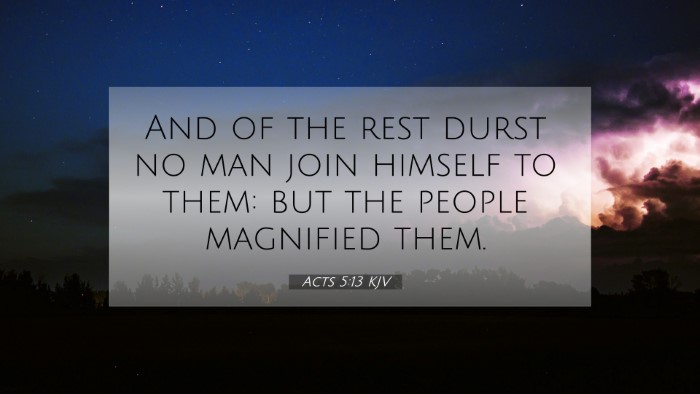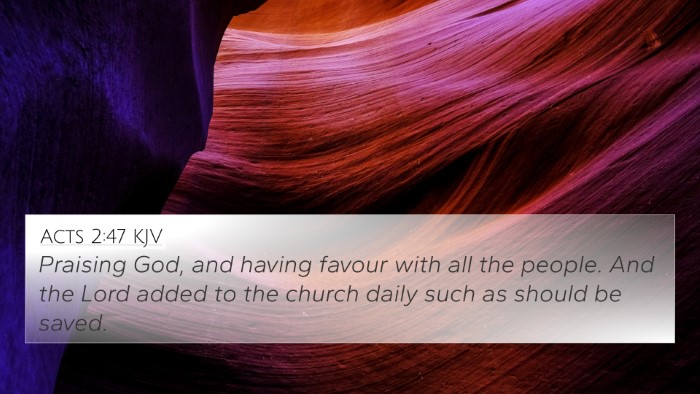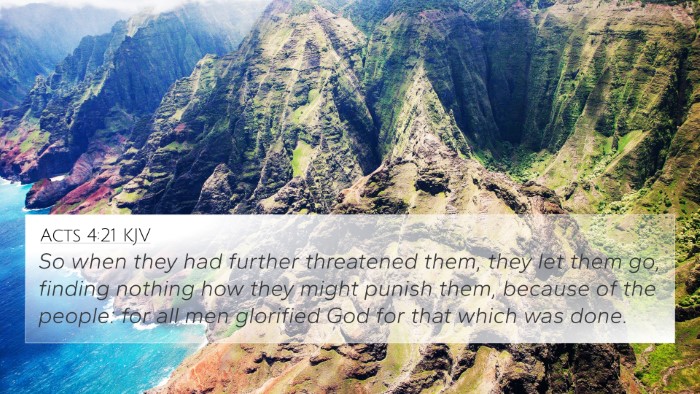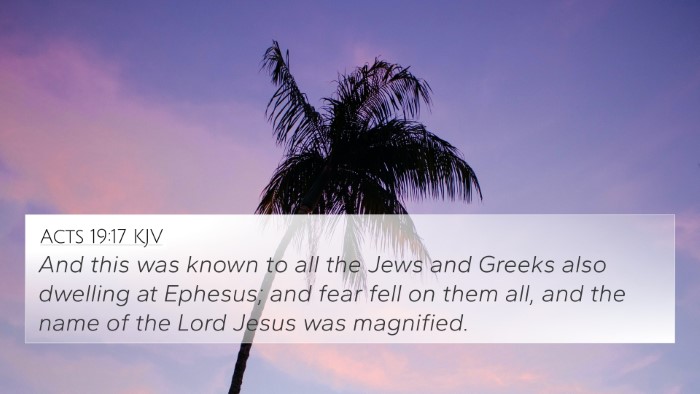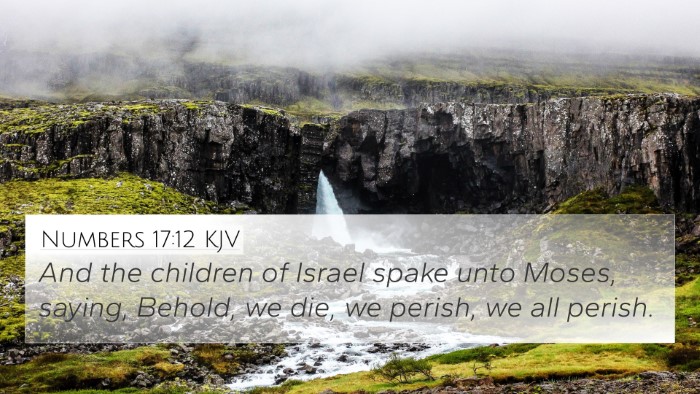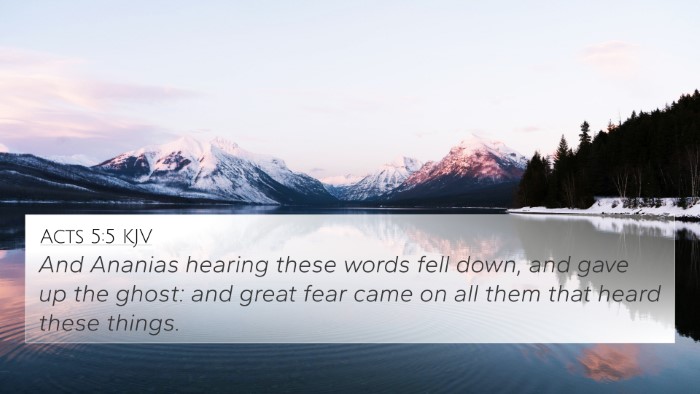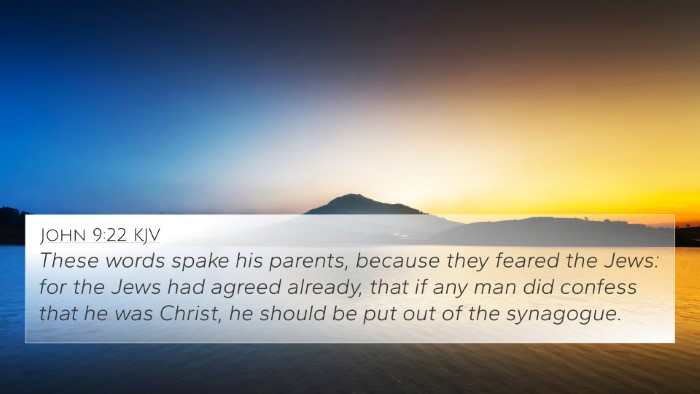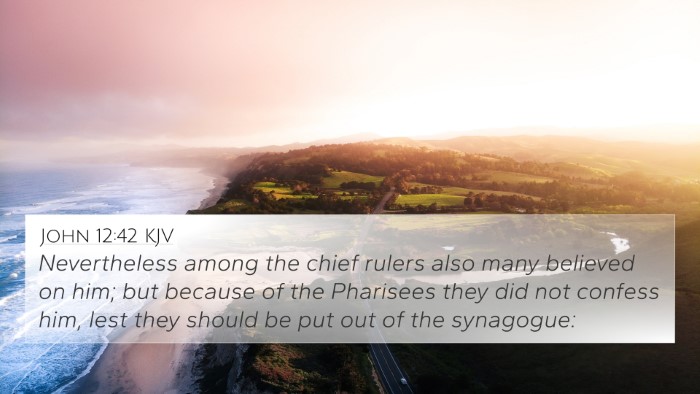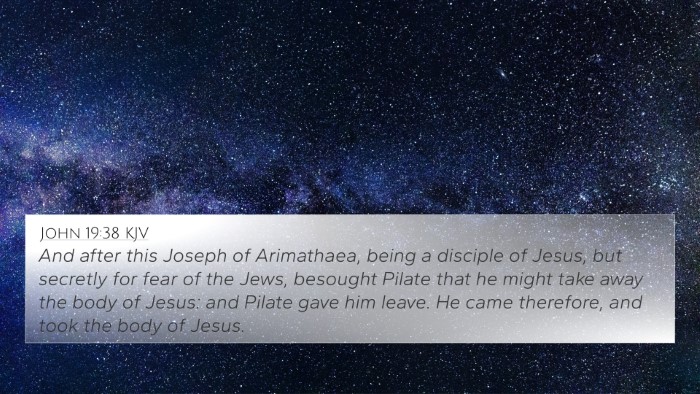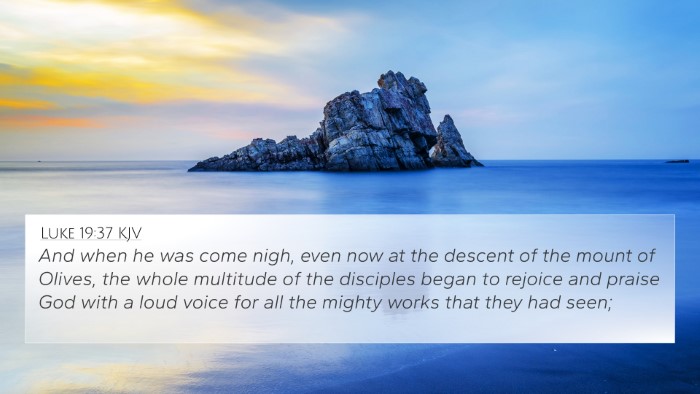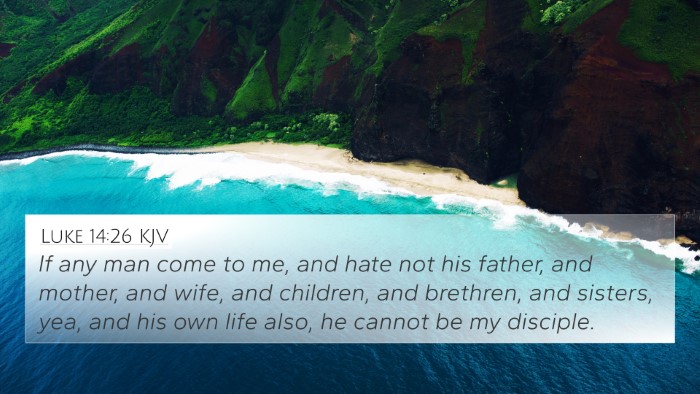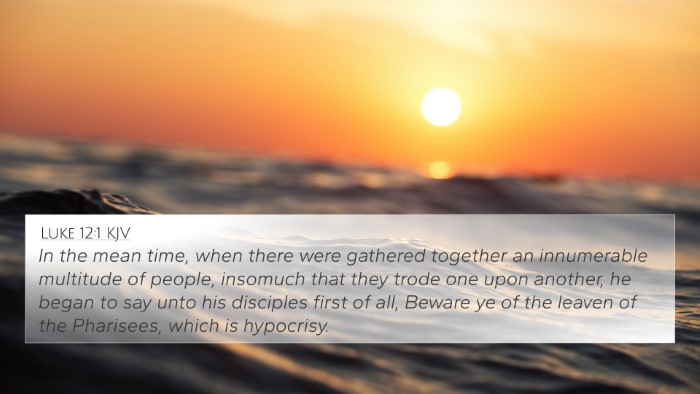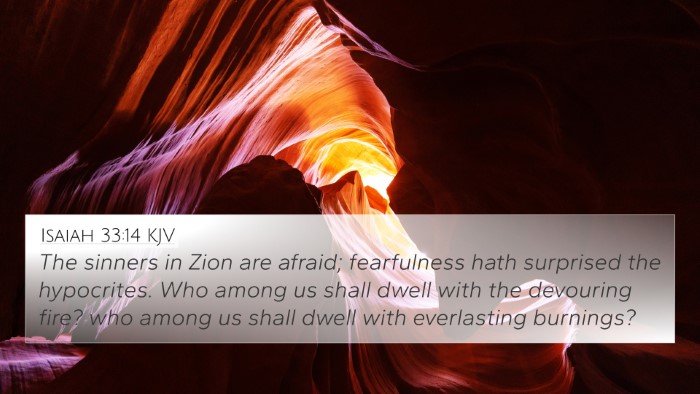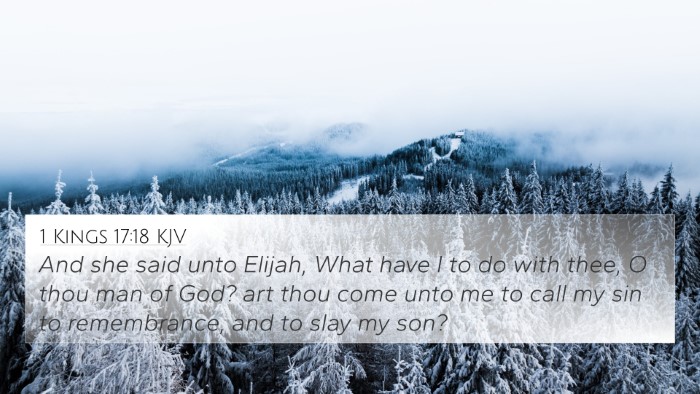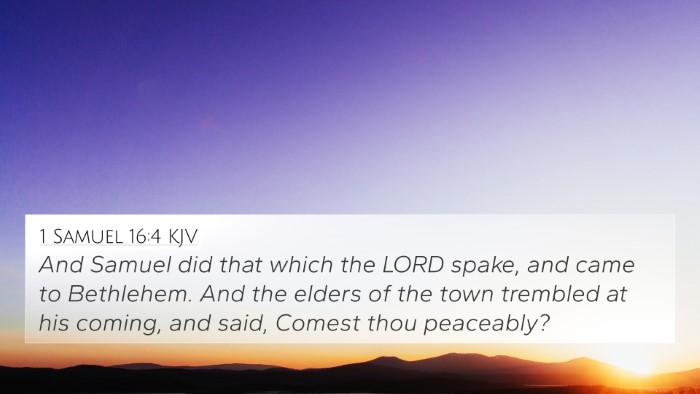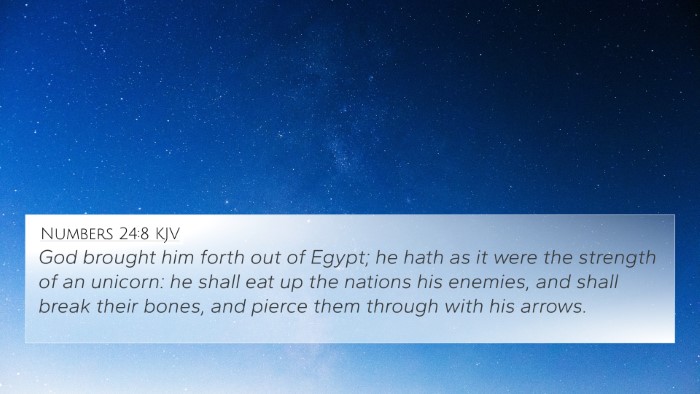Understanding Acts 5:13
Acts 5:13 states: “No one else dared join them, although they were highly regarded by the people.” This verse highlights the awe and fear that surrounded the early apostles due to the miraculous signs and wonders God performed through them. Below, we delve into the meanings derived from public domain commentaries, summarizing insights from Matthew Henry, Albert Barnes, and Adam Clarke.
Verse Context
Acts chapters 4 and 5 detail the early Christian community's experiences post-Pentecost. In particular, the apostles' miraculous deeds through the Holy Spirit fostered a profound reverence among the people, leading to both admiration and caution.
Commentary Insights
Matthew Henry’s Commentary
According to Matthew Henry, this verse illustrates the “holy terror” within the hearts of the onlookers. The powerful miracles performed by the apostles not only affirmed the truth of their message but also instilled a recognition of God’s authority. This resulted in a paradox where many respected the apostles, yet few dared to join their ranks, fearing judgment or personal consequences.
Albert Barnes’ Notes
Albert Barnes observes that the emphasis on restraint by the crowd indicates a clear acknowledgment of the seriousness of aligning oneself with the apostles. This fear stemmed from the recent events in the early church, particularly the severe consequences faced by Ananias and Sapphira. Barnes notes that the miracles are indicative of God's active presence among His people, prompting respect yet hesitation from potential converts.
Adam Clarke’s Commentary
Adam Clarke comments on the duality of admiration and fear in witnessing the apostles’ divine works. He points out that while people were drawn to the apostolic community, the awesome display of divine power also deterred many. Clarke argues that this reflects a core principle of Christian faith: the respect for God’s holiness interacts with human awe, guiding how individuals approach the church and its teachings.
Bible Cross-References
Acts 5:13 can be related to various other scriptures that illuminate similar themes of fear, reverence, and miraculous works:
- Acts 2:43: “Everyone was filled with awe, and many wonders and miraculous signs were done by the apostles.”
- Acts 4:29-31: The prayer of the apostles for boldness in the face of persecution.
- Hebrews 10:31: “It is a dreadful thing to fall into the hands of the living God.”
- Acts 19:17: “When this became known to the Jews and Greeks living in Ephesus, they were all seized with fear...”.
- Luke 5:8: Peter's reaction upon witnessing the miraculous catch of fish, demonstrating fear and reverence for Christ.
- Matthew 28:4: “The guards were so afraid of him that they shook and became like dead men,” indicating fear in the presence of divine phenomena.
- Exodus 20:19: The Israelites were afraid to approach God due to His greatness and holiness.
Thematic Connections
This verse embodies themes prevalent throughout the Bible, illustrating how God's divine power and authority induce awe among believers and non-believers alike. The dichotomy of admiration and fear encapsulates the response people have toward God’s miraculous acts.
Tools for Understanding Acts 5:13
This verse opens an opportunity for deeper study through various Bible study methods, including cross-referencing. Here are some tools one might find useful:
- Bible Concordance: A tool for locating specific terms and checking synonyms across scripture.
- Bible Cross-Reference Guide: Specific references that link verses with similar themes or narratives.
- Cross-reference Bible study: Techniques to deepen understanding using related scriptural texts.
- Bible Chain References: A method of connecting verses in a thematic way.
Conclusion
Acts 5:13 serves as a profound reminder of the awe-inspiring power of God as demonstrated through the apostles. The blend of admiration and fear among the early converts emphasizes a critical theological insight—that the acknowledgment of God’s might should lead to a respectful and humble approach to faith. Thus, through further exploration of cross-references and thematic connections, one can deepen their understanding and appreciation of this pivotal scriptural moment.


